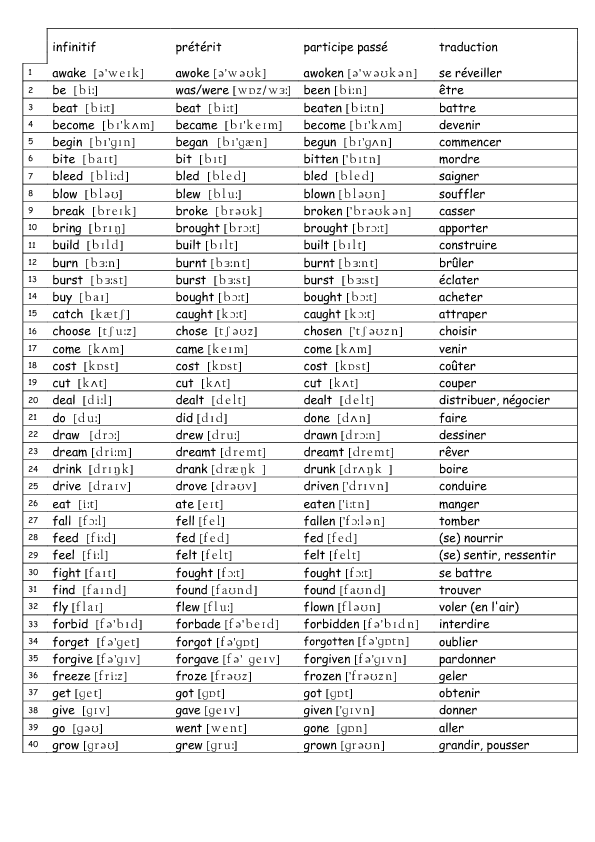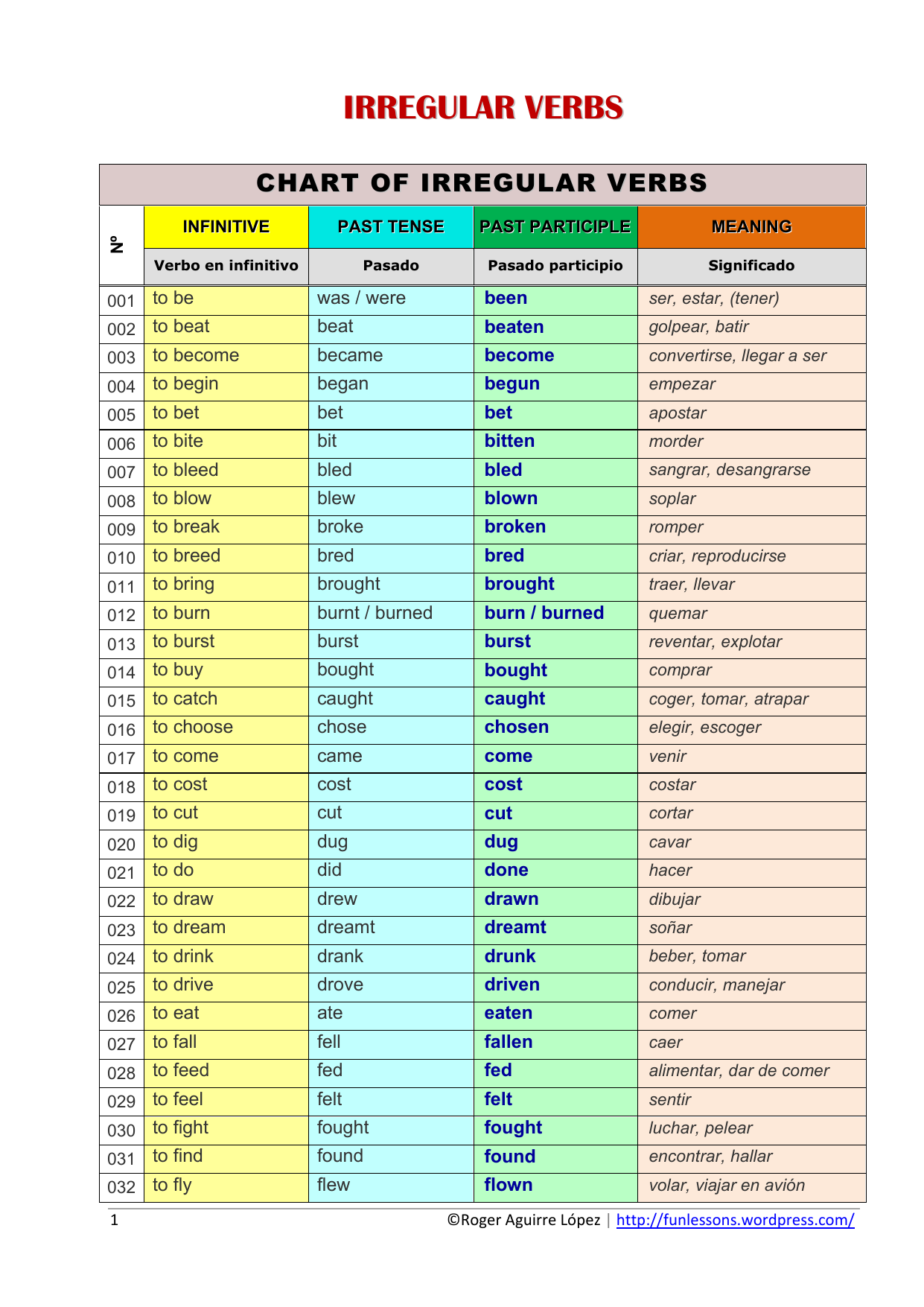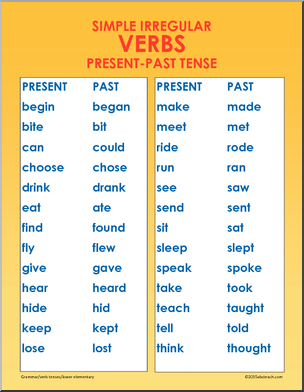

Just like with 'be', if you'd like to make a 'wh' question, you just put the question word at the front:Ĭlick here to practise making 'wh' questions We use 'do' or 'does' before the subject to make the 'yes / no' question:Ĭlick here to practise making yes / no questions. How about the question form of the present simple tense? To make the negative form, you need to use 'do not' (don't) or ' does not' (doesn't).Ĭlick here to practise making the negative (exercise 1) Click here to practise making the negative (exercise 2) There are also few verbs which are irregular in the present simple:Ĭlick here to practise making the positive form for other verbs (exercise 1) Click here to practise making the positive form for other verbs (exercise 2).For a few verbs, there is a spelling change before the 's'.Don't forget the 's'! Even really advanced students do this!.Let's take the verb 'play' as an example:

It's just the verb with an extra 's' if the subject is 'he', 'she', or 'it'. Ĭlick here to practise making positive, negative and question forms with 'be' (exercise 1) Click here to practise making positive, negative and question forms with 'be' (exercise 2) Present simple tense with other verbs With all other verbs, we make the present simple in the same way. If you'd like to make a 'wh' question, you just put the question word at the front:Ĭlick here to practise making 'wh' questions with 'be'.

You only add 'not'.Ĭlick here to practise making the negative with 'be'.Īnd finally let's talk about the question form of the present simple with 'be'.įirstly, here's the 'yes / no' question form:Ĭlick here to practise making yes / no questions with 'be'. This is sometimes called 'affirmative')Ĭlick here to practise making the positive with 'be'.

Here's the positive form (positive means a normal sentence, not a negative or a question. Simple present tense with 'be' The verb 'be' is different from the other verbs in this tense.


 0 kommentar(er)
0 kommentar(er)
